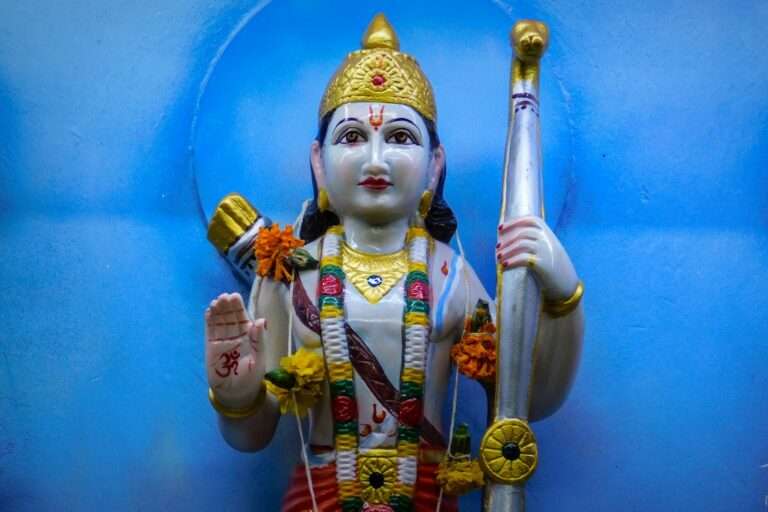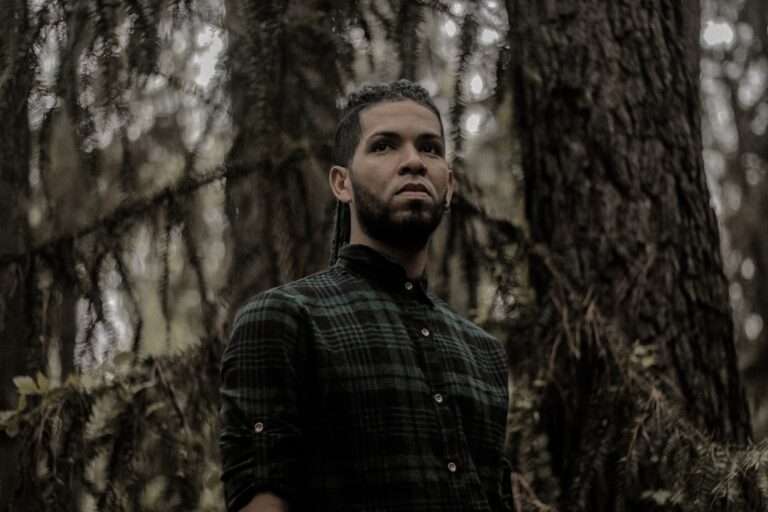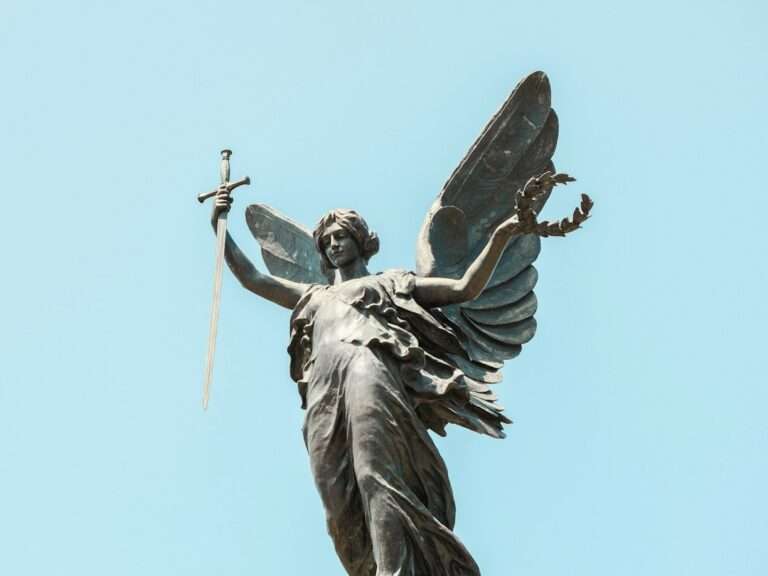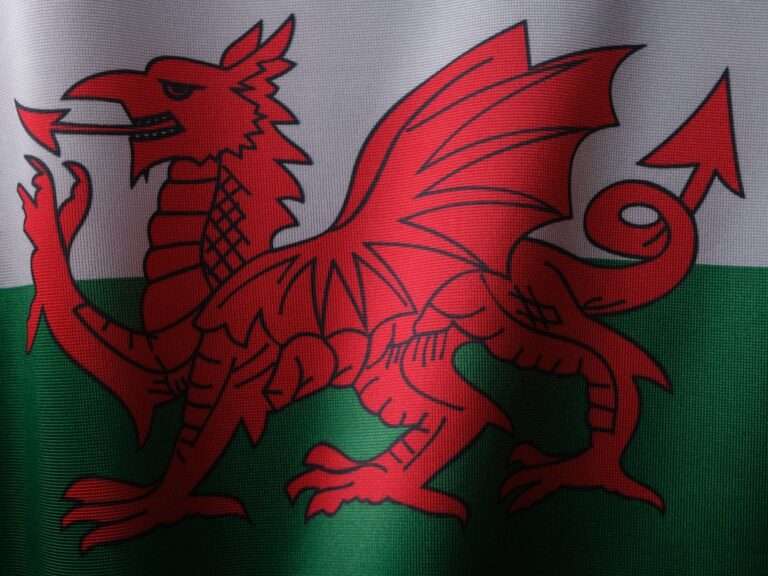The Power of Symbolism: Exploring the Deeper Meaning of The Circle

Symbolism is the use of symbols to represent ideas or qualities. It is a powerful tool in human communication and understanding, as symbols can convey complex meanings and emotions in a concise and universal way. Archetypal symbols are symbols that are deeply ingrained in the collective unconscious of humanity and are found across different cultures and time periods. These symbols tap into our shared human experiences and evoke deep emotions and meanings.
Symbols play a crucial role in our daily lives, whether we realize it or not. They are present in our language, art, religion, and even in our dreams. Symbols help us make sense of the world around us and give meaning to our experiences. They can transcend language barriers and cultural differences, allowing us to connect with others on a deeper level.
Key Takeaways
- Symbolism and archetypal symbols are powerful tools for communication and understanding.
- The circle is a universal symbol that represents unity, wholeness, protection, and timelessness.
- The circle can be found in nature, the cosmos, religion, spirituality, art, design, mythology, and folklore.
- The circle is a symbol that transcends cultures and time periods, and holds deep meaning for humanity.
- Understanding the power and significance of symbolism can enrich our lives and deepen our understanding of the world around us.
The Circle as a Universal Symbol
The circle is one of the most universal and ancient symbols known to humanity. It is a simple shape that represents wholeness, unity, and infinity. The circle has no beginning or end, symbolizing the eternal cycle of life, death, and rebirth. It is a symbol of perfection and completeness.
The circle can be found in various cultures and time periods throughout history. In ancient Egypt, the sun disk was represented as a circle, symbolizing the eternal nature of the sun god Ra. In Native American culture, the medicine wheel is a circular symbol that represents the interconnectedness of all living beings. In Chinese culture, the yin-yang symbol is a circle divided into two halves, representing the balance between opposing forces.
The Circle in Nature and the Cosmos
The circle is abundant in nature and the cosmos. The sun, moon, and planets all appear as circular shapes in the sky. The sun is often associated with warmth, light, and life-giving energy. It represents vitality and power. The moon, on the other hand, is associated with femininity, intuition, and the subconscious. It represents the cyclical nature of life and the passage of time.
The circle can also be seen in natural phenomena such as ripples in water, tree rings, and the shape of flowers. These natural circles symbolize growth, renewal, and the interconnectedness of all living things. They remind us of the cyclical nature of life and the constant change and transformation that occurs in the natural world.
The Circle in Religion and Spirituality
| Religion/Spirituality | Symbolism of the Circle | Significance of the Circle |
|---|---|---|
| Christianity | The circle represents eternity and the infinite love of God. | The circle is used to symbolize the unity of the Holy Trinity and the unbroken nature of God’s love. |
| Buddhism | The circle represents the cycle of birth, death, and rebirth (samsara). | The circle is used to symbolize the interconnectedness of all things and the impermanence of life. |
| Hinduism | The circle represents the wheel of life (samsara) and the cycle of birth, death, and rebirth. | The circle is used to symbolize the eternal nature of the soul and the unity of all things. |
| Native American Spirituality | The circle represents the sacred hoop, which symbolizes the interconnectedness of all things. | The circle is used to symbolize the unity of all living beings and the importance of balance and harmony in life. |
| Wicca | The circle represents the sacred space where magic is performed and the protection it provides. | The circle is used to symbolize the unity of all things and the cyclical nature of life and magic. |
The circle holds great significance in religious and spiritual practices around the world. In Hinduism and Buddhism, mandalas are circular designs that represent the universe and serve as a tool for meditation and spiritual growth. They symbolize unity, harmony, and balance.
In Christianity, prayer circles are formed by holding hands in a circular formation during group prayer. This symbolizes unity, support, and the power of collective prayer. The circle also represents eternity and the eternal love of God.
The Circle in Art and Design
The circle is a common shape used in art and design. It is often used to create balance, harmony, and a sense of completeness. Many logos incorporate circles to convey a sense of trust, unity, and wholeness. For example, the Olympic rings are a well-known symbol that represents unity among nations.
In paintings, circles can be used to draw attention to a focal point or create a sense of movement. They can also represent cycles of life or the passage of time. Artists often use circles to create a sense of balance and harmony in their compositions.
The Circle as a Symbol of Unity and Wholeness

One of the key symbolic meanings of the circle is unity and wholeness. The circle has no beginning or end, representing the eternal cycle of life and death. It symbolizes the interconnectedness of all things and reminds us that we are all part of a larger whole.
The circle also represents the idea of oneness and the unity of all creation. It reminds us that we are all connected and that our actions have an impact on the world around us. The circle encourages us to embrace diversity and to recognize the inherent worth and value of every individual.
The Circle as a Symbol of Protection and Boundaries
The circle is often used as a symbol of protection and boundaries. In many cultures, circles are drawn or created to create a sacred space or to ward off negative energy. For example, Native American tribes would create medicine wheels by arranging stones in a circular formation to create a sacred space for healing and spiritual ceremonies.
The circle can also represent boundaries and limits. It can symbolize the need to set boundaries in our lives and protect ourselves from negative influences. The circle reminds us to create a safe space for ourselves and to honor our own needs and boundaries.
The Circle as a Symbol of Timelessness and Eternity
The circle is often associated with timelessness and eternity. Its shape has no beginning or end, symbolizing the eternal nature of time. The circle represents the cyclical nature of life, death, and rebirth. It reminds us that everything is interconnected and that life is a continuous cycle of growth, change, and transformation.
The circle also represents the eternal love and presence of God. It reminds us that there is something greater than ourselves and that we are part of a larger cosmic plan. The circle encourages us to embrace the present moment and to live in harmony with the natural rhythms of life.
The Circle in Mythology and Folklore
The circle is a common symbol in mythology and folklore. In Celtic mythology, the Celtic knot is a circular design that represents the interconnectedness of all things. It symbolizes the eternal cycle of life, death, and rebirth.
In Norse mythology, the Ouroboros is a circular symbol of a serpent or dragon eating its own tail. It represents the cyclical nature of life and the eternal cycle of creation and destruction. The Ouroboros symbolizes the interconnectedness of all things and the eternal nature of the universe.
The Power and Significance of Symbolism in Our Lives
Symbols are a powerful tool in human communication and understanding. They can convey complex meanings and emotions in a concise and universal way. The circle is one of the most universal and ancient symbols known to humanity. It represents wholeness, unity, infinity, and eternity.
The circle can be found in nature, religion, art, and mythology. It is a symbol of protection, boundaries, timelessness, and the interconnectedness of all things. The circle reminds us to embrace diversity, set boundaries, and live in harmony with the natural rhythms of life.
Understanding and recognizing symbolism in our daily lives can help us make sense of the world around us and give meaning to our experiences. Symbols have the power to connect us with others on a deeper level and tap into our shared human experiences. They remind us that we are part of something greater than ourselves and that our actions have an impact on the world around us. So next time you come across a symbol, take a moment to reflect on its meaning and significance in your own life.
If you’re interested in exploring the symbolism of the circle further, you might find the article on “Cryotherapy vs Ice Bath” intriguing. This article delves into the symbolism behind these two popular methods of cold therapy and how they can be seen as representations of the cyclical nature of life and rejuvenation. To learn more about this fascinating topic, check out the article here.
FAQs
What is symbolism?
Symbolism is the use of symbols to represent ideas or qualities.
What is the circle?
The circle is a geometric shape that is round and has no beginning or end.
What does the circle symbolize?
The circle is a symbol of unity, wholeness, and infinity. It can also represent cycles, such as the cycle of life and death.
What cultures use the circle as a symbol?
The circle is a universal symbol that has been used by many cultures throughout history. It has been used by Native Americans, Celtic cultures, and in Hinduism and Buddhism.
What are some examples of the circle in art and literature?
The circle can be seen in many works of art and literature, such as the Celtic knot, the mandala in Hinduism and Buddhism, and the ring in J.R.R. Tolkien’s “The Lord of the Rings.”
What is the significance of the circle in religion?
The circle is often used in religious symbolism to represent the divine and the infinite. It can also represent the cycle of life and death, and the interconnectedness of all things.





